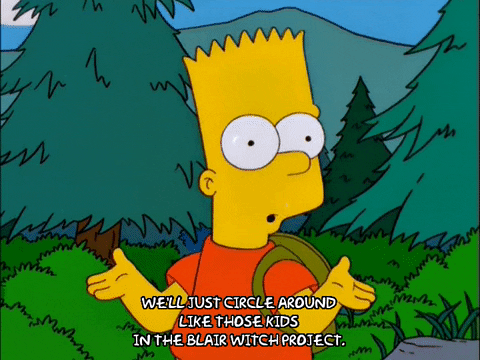#197 - Ten Questions To Ask When You're Stuck

It is not a long book but it is a BRILLIANT book.
So many light bulbs went off as I was reading it. And it’s only a few hundred pages compared to some of the storytelling books, which are 700-800 pages…
[John Yorke] has articulated in the book how a hero’s journey changes from beginning to end better than any other book I’ve read and every editor should read it.
It is just brilliant. And re-read it constantly because it will keep your storytelling skills really sharp.
— Editor, Eddie Hamilton
As an editor, I’ve read a few screenplay/story structure books in my time but I have to say John Yorke’s Into The Woods, was one of the most engaging and accessible.
I first picked up a copy of Into The Woods, because editor Eddie Hamilton recommended it in his Art of the Cut interview with Steve Hullfish, whilst discussing his edit of Mission Impossible: Rogue Nation.
In contrast to other screenwriting manuals, Into The Woods' focus isn’t on ‘have your inciting incident on page 5 and make sure the dog survives’ style directives but rather the focus is an analysis of storytelling itself, and how that plays out in modern film and TV.
This makes for a much more useful investment of your time as you’ll come away with broader, more applicable ideas and concepts you can readily apply to your next edit.

The “forest”, then is an explosion of opposition, whether embodied as an inciting incident, or act turning point, or midpoint, or crisis point, or scene turning point, it is the primordial building block of all drama.
And those blocks create the confrontation of something with its opposite.
When two opposites are juxtaposed correctly, an explosion occurs, and story comes alive.
— John Yorke, Into The Woods
